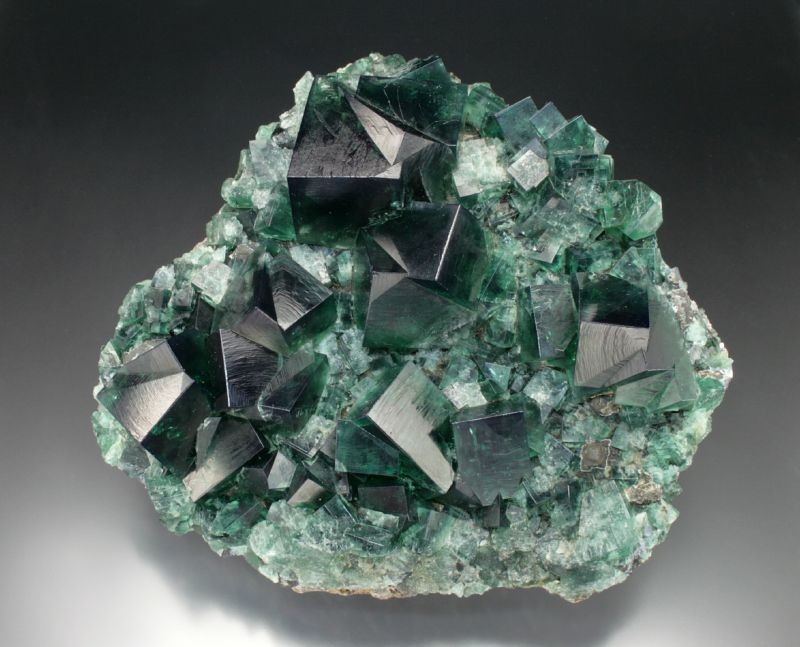Global fluorite resources are unevenly distributed, and production has increased in the past five years

Fluorite, also known as fluorite, is mainly composed of calcium fluoride. The calcium atoms are coordinated with eight surrounding fluorine atoms, and the fluorine atoms are surrounded by four calcium atoms to form an ideal tetrahedron. The crystal structure of fluorite will directly affect its surface properties, affect the effect of chemicals and fluorite, and is related to the purification of difficult-to-handle fluorite. From the perspective of the structure of fluorite, there are “holes” in its crystal structure, which are easily filled by other ions, so it has various colors, such as green, yellow, purple, white, blue, black and other colors.
The total global fluorite reserves are 320 million tons, but the distribution is uneven, with Mexico, China, South Africa and Mongolia accounting for more than half of the fluorite reserves. First of all, in terms of total volume, global fluorite reserves will grow steadily from 2010 to 2022. According to the world fluorite reserves data released by the US Geological Survey in 2022, the world’s total fluorite reserves will be 320 million tons by the end of 2021 (equivalent to fluoride Second, in terms of distribution, fluorite resources are mainly distributed in Mexico, China, South Africa, and Mongolia. By the end of 2021, its fluorite reserves will be 68 million tons, 42 million tons, 41 million tons, and 22 million tons respectively, accounting for The global fluorite reserve ratios are 21.25%, 13.13%, 12.81%, and 6.88%, respectively. However, the United States, the European Union, Japan, South Korea and India have almost few fluorite resources and reserves. Worldwide, the distribution of fluorite is structurally scarce.
In the past five years, global fluorite production has increased year by year. China, Mexico and Mongolia have the world’s top three fluorite production, accounting for more than 80%. First, in terms of output, global fluorite production has grown steadily in the past five years. According to the world fluorite production data released by the US Geological Survey in 2022, the world’s total fluorite production will be 8.6 million tons by the end of 2021; Look, in 2021, China, Mexico, and Mongolia will be the world’s largest fluorspar producers, with their fluorspar output of 5.4 million tons, 990,000 tons, and 800,000 tons respectively, accounting for 63%, 11%, and 9% of global fluorspar production, respectively. %, while Germany, Iran, Pakistan, the United States and other countries produce less fluorite. Worldwide, there is a structural imbalance in fluorite production.
Fluorite is widely used in information technology, new energy, high-end manufacturing and other fields, and has an irreplaceable strategic position. In the field of information technology, hydrogen fluoride and fluorine-containing special gases are cleaning agents and etching gases for integrated circuits, semiconductors, etc.; in the field of new energy, fluorite is used in the production of cathode materials and electrolytes for lithium batteries, and is also used for uranium enrichment and purification. Necessary raw materials; in the field of new materials, fluorite downstream product fluorine silica gel is used in the tight sealing of vehicles, and high-performance fluorine materials are used in key fields such as aerospace and photovoltaic power generation; in addition, fluorite is also used in biological fields, High-end manufacturing and energy conservation and environmental protection are the upstream raw materials for many high-tech industries and have an irreplaceable strategic position.
